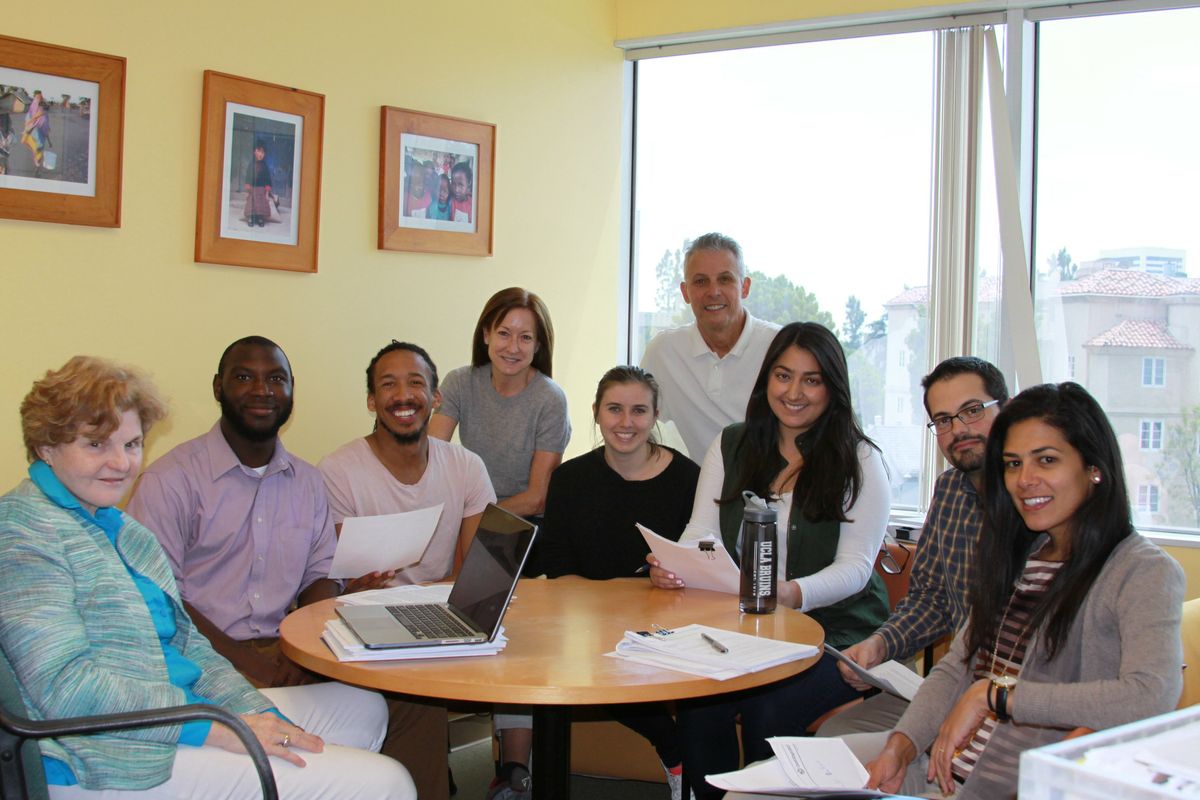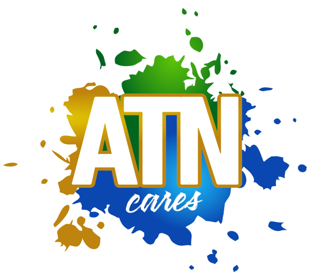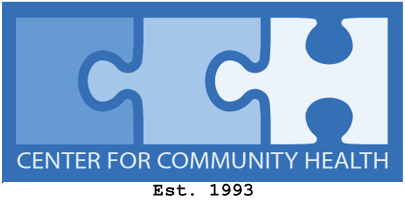UCLA Semel Institute Center for Community Health
CCH interventions are driven by cutting edge mHealth and implementation science methods to target illnesses and health conditions that disproportionately impact children and adults in high-risk situations
We are here to improve the health, development, and quality of life
The mission of the UCLA Semel Institute Center for Community Health (CCH) is to advance the understanding of and to improve the health, development, and quality of life for children and adults in high-risk situations.

Mary Jane Rotheram, Ph.D
The founder of UCLA CCH

The work conducted at CCH benefits from a multidisciplinary team of investigators with expertise in clinical and quantitative psychology, mHealth, sociology, kinesiology, infectious diseases, implementation science, biostatistics, and epidemiology.
UCLA CCH
Research
VR Communication Skills Training Module
ABSTRACT This application is being submitted in response to the Notice of Special Interest (NOSI) identified as NOT-CA-23-041: Administrative supplements to examine the effects of
TelePrEP bot
Application of Chatbots in PrEP uptake among sexual and gender minority youth in New Orleans and Baton Rouge, Louisiana. Chatbots are AI-enabled computer programs that
Application of Machine Learning algorithms to Predict Health Related Outcomes
In recent years, behavioral sciences and public health studies have seen a shift toward producing large-scale data sets. As these studies become more complex, utilizing
Multilevel Integration Strategies to Enhance Service Provider Networks in Vietnam
Globally, organization and system-level interventions are needed to provide integrated services to address the needs of People Living with HIV who use drugs (PLHWUD) and
Use of Social Media to Improve Engagement, Retention, and Health Outcomes along the HIV Care Continuum – Evaluation and Technical Assistance Center (ETAC)
The major goals of this project are to conduct multi-site evaluation and provide technical assistance to 10 national demonstrations sites for this Special Programs of
A Comprehensive Community-Based Strategy to Optimize the HIV Prevention and Treatment Continuum for Youth at HIV Risk, Acutely Infected and With Established HIV Infection (ATN CARES)
America’s increasing HIV epidemic among youth aged 12-24 and our concurrent failure to identify, link to care, and achieve viral suppression among youth living with
People at UCLA CCH
Our vision is to develop interventions and to conduct research that informs public policy for improving the welfare of children and adults in high-risk situations.

Mary Jane Rotheram

W. Scott Comulada

Dallas Swendeman
Featured Studies
ATN CARES Project

America’s increasing HIV epidemic among youth aged 12-24 and our concurrent failure to identify, link to care, and achieve viral suppression among youth living with HIV (YLH) suggests the need to identify novel community-based strategies to leverage gateways and settings where high risk and infected youth can be engaged in HIV prevention and treatment. Scientific successes reducing HIV viral reservoirs among acutely infected infants, stopping HIV transmission from HIV-infected adults with undetectable viral loads, and documenting the efficacy of Treatment as Prevention (TASP) suggest strategies to reduce the trend of increasing adolescent HIV infections. This U19 will evaluate the usefulness of these advances for youth aged 12-24 at the highest risk of acquiring HIV- gay, bisexual, transgender youth (GBTY) and homeless youth (HY) – as well as youth living with HIV (YLH) in two HIV epicenters (Los Angeles and New Orleans). All GBTY and HY at five gay-identified community-based organizations (CBO) and homeless shelters will be screened over 18 months. From these screenings, a cohort of 220 YLH and 1,500 highest risk seronegative GBTY and HY will be formed. Over 24 months, this cohort will be repeatedly tested at four-month intervals for sexually transmitted infections (STI) and serious drug use, and with 4th Gen HIV tests if seronegative, in order to identify acutely infected youth, engage youth in medical care, and monitor outcomes. Youth are triaged to: Study 1: Acute infection. Using 60 ARV-naive YLH with established infection as controls, we expect to identify 36 YLH with acute infection. All youth with acute infections will be aggressively treated with at least four highly potent antiretroviral therapies (ARV) and repeatedly assessed to examine if prolonged viral suppression is achieved, with reduced viral reservoirs to potentially allow ARV- free HIV remission. Study 2: Stepped care for YLH. Adapting strategies to manage chronic illnesses, we will conduct a RCT comparing a Standard Care Arm (repeated assessments every four month and an Automated Messaging and Monitoring Intervention [AMMI]) to Stepped Care. In the Stepped Care Arm, increasingly more intense interventions are delivered if viral load is detectable: a) the Standard Care Arm; b) an AMMI that is tailored to comorbidities of the specific YLH; or c) a Coach to support during crises, make treatment referrals, and brief interventions. Dried blood spots will monitor viral load and, on a small sample, ARV adherence over time. Study 3: Engaging seronegative youth in the HIV Prevention Continuum. Youth will be randomized to either: a) an AMMI Arm; b) Peer-Support plus AMMI Arm; c) eNavigator and an AMMI arm; or d) Peer-Support plus eNavigator plus AMMI Arm. Each condition aims to optimize the HIV Prevention Continuum. An interdisciplinary team of basic, clinical, and applied researchers with expertise in HIV, STI, behavioral interventions, biomedical interventions, CURE research, perinatal HIV, and a history of participating and coordinating multi-site RCT is participating on this U19 from six universities.
Contact Us
Please fill out the form below to submit your questions or comments
-
UCLA Center for Community Health
760 Westwood Plaza, 3rd floor
Los Angeles, CA, 90024 - 310-794-8278
- CCHPublications@mednet.ucla.edu




